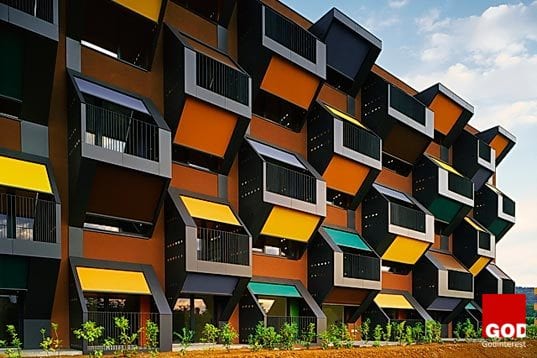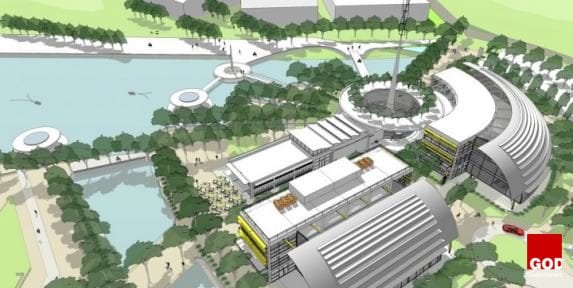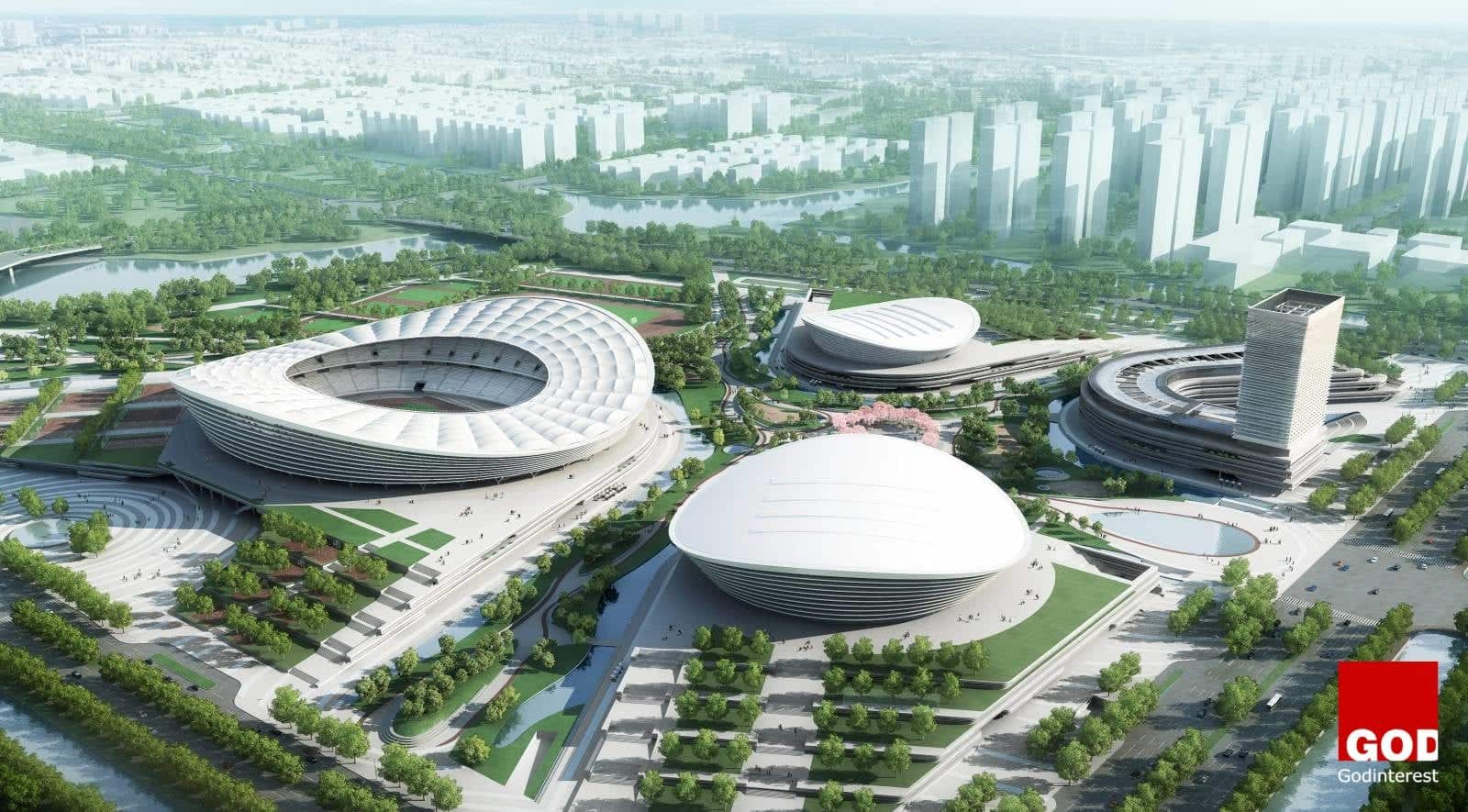The importance of hiring the right project manager cannot be overstated enough. Whenever senior managers are asked to identify outstanding project managers, they almost always have a hard time doing so. What’s most concerning about this is that almost £2 trillion pounds are spent on these projects across the globe, according to Gartner.
There is no doubt that it takes a lot of time and effort to become an outstanding project manager. This isn’t a job for the faint hearted.
A great project manager has leadership traits that should be easily recognised in all steps of the hiring process.
Things like psychometric testing and method certificates can only provide so much information on potential employees. To find the best candidates for your position you need to ask them real questions about their experience, such as how they dealt with and recovered from a failure; what methodologies they use to manage projects and deal with sponsors; or their creative process when coming up with original ideas for strong team building. An awesome project manager is able to answer these questions easily.
Successful project managers should have experience in dealing with both failures and successes to gain the skills they need to build a strong team that delivers results consistently.
Here are five strong indicators that the person you have hired as a project manager is likely to be successful in their new role:
You Can Catch More Flies with Honey than with Vinegar
1. People like them!
Project managers who are difficult to get along with or have unlikeable personalities are not likely to be great motivators. Awesome project managers aren’t afraid to listen to the ideas and feedback of their team members for the best overall results.
They should be friendly and have respect for everyone they are working with at all times.
2. They don’t blame others nor take credit for successes.
It can be hard not to get involved in the “blame game” when something doesn’t go exactly as planned. It can be equally as challenging to not “glory grab” when a project goes off brilliantly and without a hitch.
A strong project manager will shield their team when criticism is raining down by passing the message down in a constructive way, so it can be addressed and fixed promptly. In the event of a project success, great project managers make sure the people who were key to the assignment are rewarded for their work. When they speak of a successful project, they highlight the strength of their team and not just themselves.
3. They involve the entire team in planning.
A great plan is usually always the result of a “mastermind”, or the combined effort of one or more people working towards a common goal. Strong project managers encourage everyone on the team to contribute their thoughts and feedback in the planning process. While not everyone will be actively contributing to the campaign design, they listen to the opinions and ideas of people who the project will affect, such as the CEO, and the marketing department.
A strong project manager should foster a productive, creative and enjoyable work environment. By doing so, they maximise the time they work with their team so they deliver a great end product.
4. They’re serious team builders.
A great project manager understands that a major key to their project success is the team that stands behind it. Successful project managers take the time to select from the talent that is best suited for the job they need to complete. Instead of settling for just anyone who can join the team because they’re free, a skilled project manager is willing to do what it takes to onboard and recruit the people they think will bring the most to the table.
5. They’re strong managers.
A strong manager knows how to take the lead. They understand what it takes to lead their team. They know how to motivate those working with them. They realize that they are a part of something greater. They’re not afraid to take responsibility for all aspects of the project, regardless of whether it’s failure or success.
As a project director or hiring manager, it can be a challenge to find a powerful project manager, but once you connect with the right person, you’ll know it almost instantly. A strong project manager absolutely loves what they do and they’re not afraid to tell you about how excited they are about their past, present and future endeavours.
They strive to be the best leaders and always respect the ideas and positions of others who present them with questions that need solutions. They go the extra mile to make sure that all details of their projects are addressed and fine tuned. They speak positively of their peers, their team and anyone else who is involved in the project.
What are your thoughts on what makes a project manager shine? What do you think makes the cut between being an average project manager and an awesome project manager? We invite you to share your thoughts and experience.



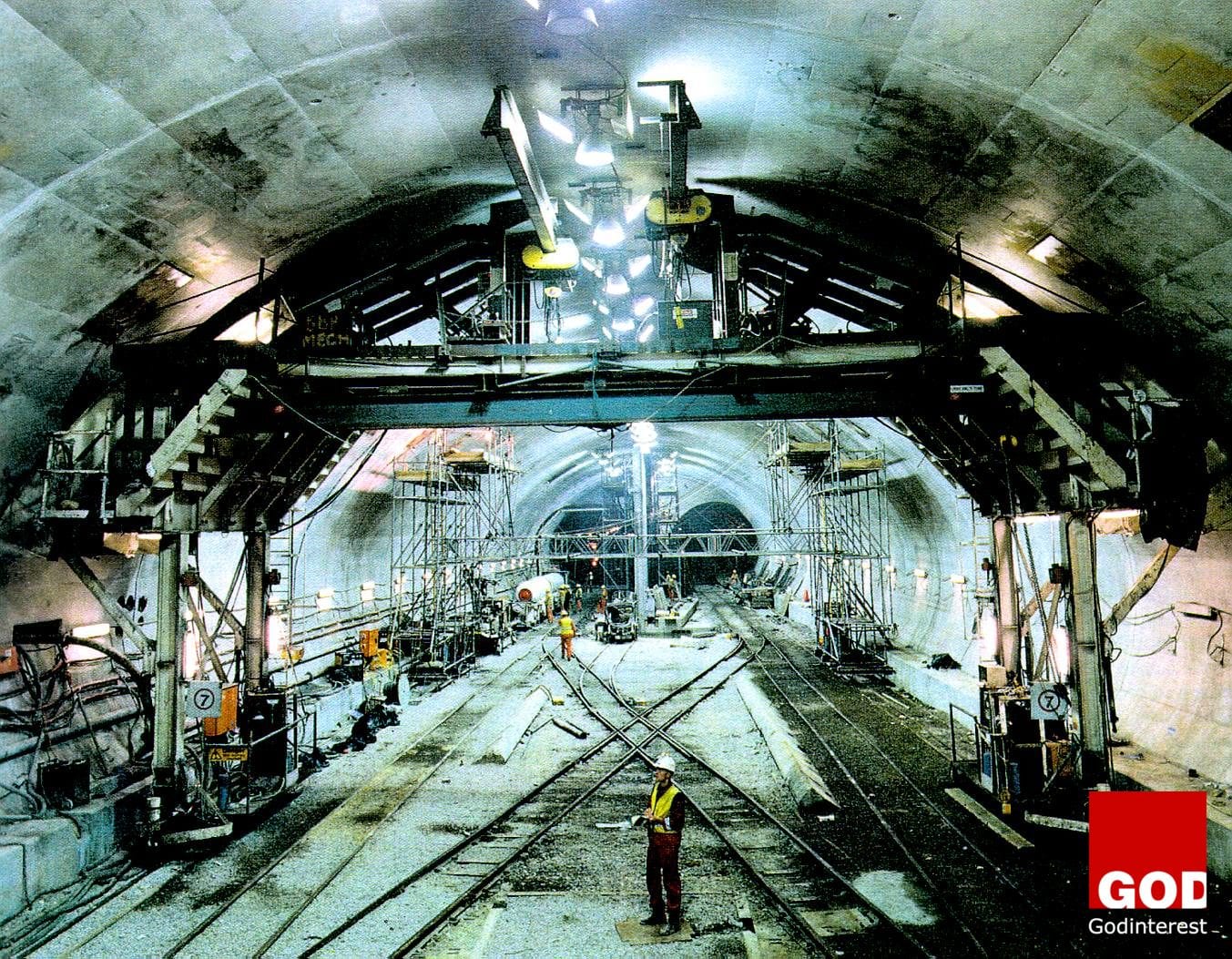
















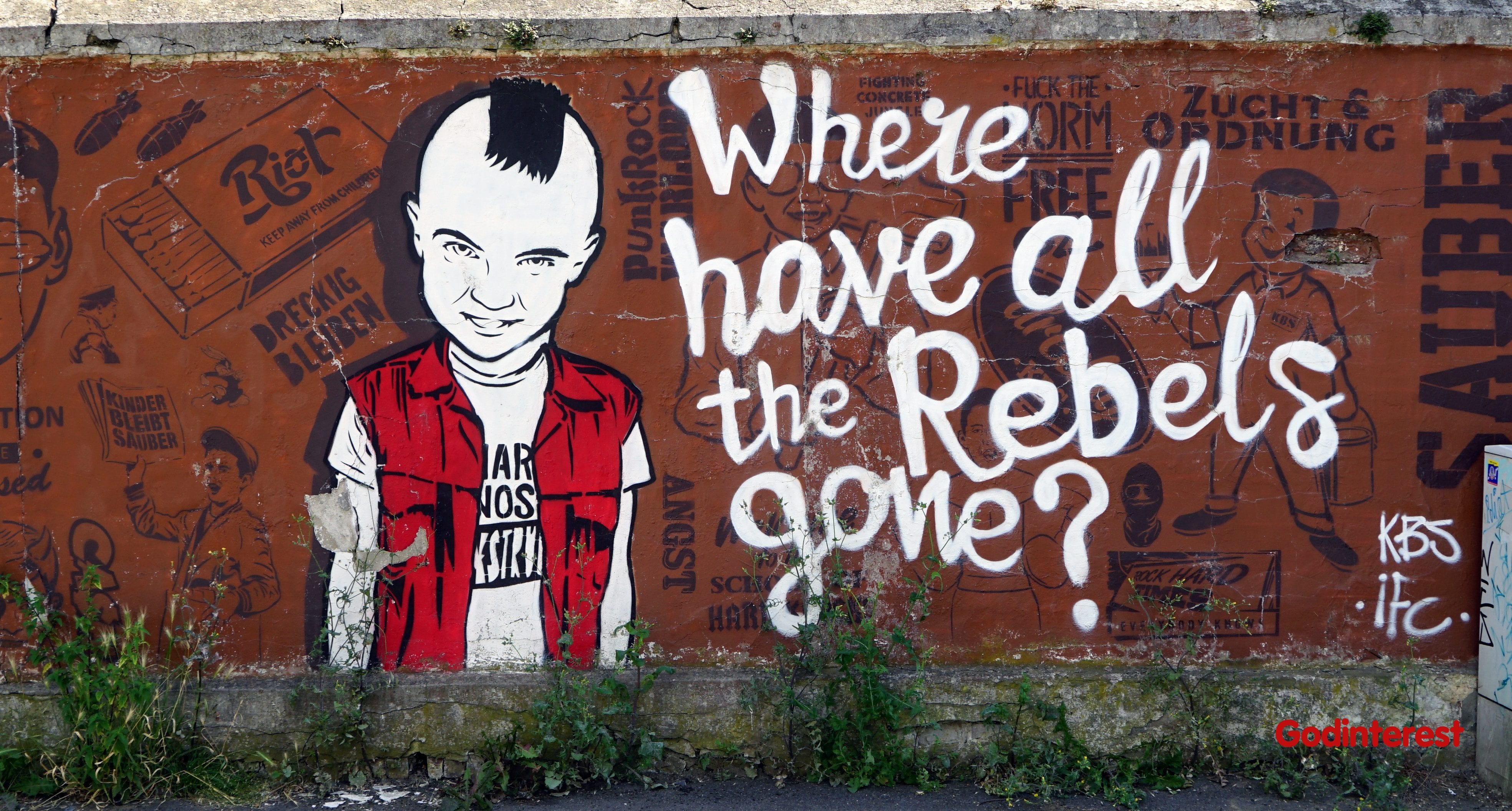


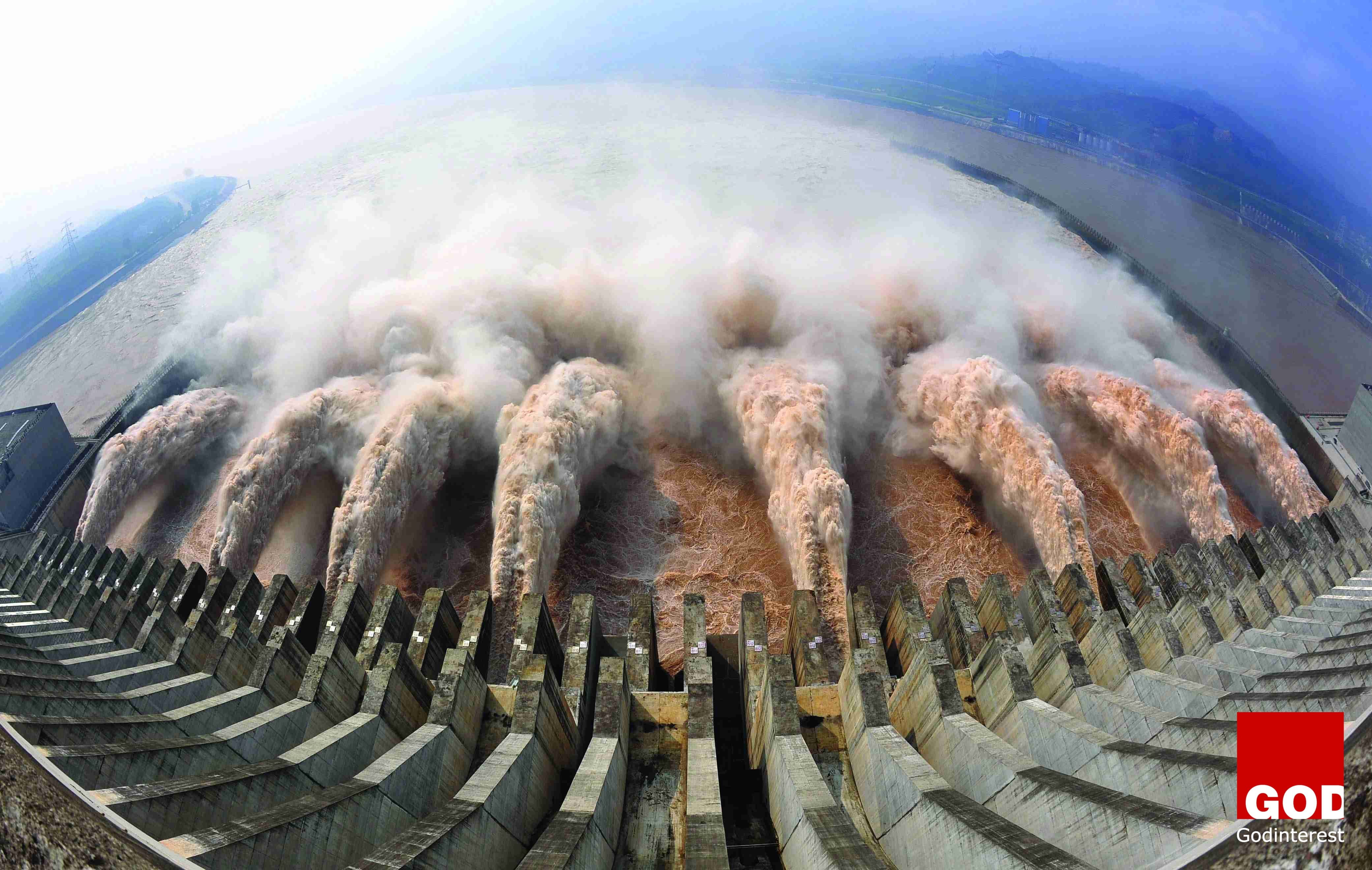


















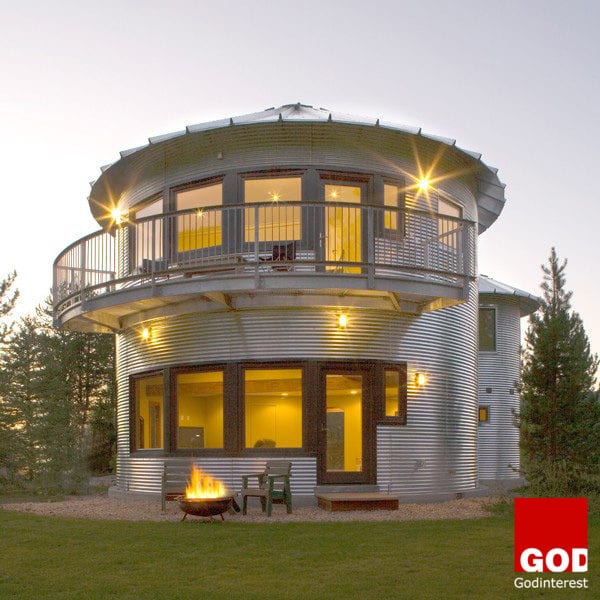







 Curved surfaces can make a small space even smaller. The ability to organise the rooms vertically is reduced. But Dutch architects Queeste Architecten have managed to give this 320-square-foot micro-flat a spacious feel using lots of white, with built-in furniture and storage.
Curved surfaces can make a small space even smaller. The ability to organise the rooms vertically is reduced. But Dutch architects Queeste Architecten have managed to give this 320-square-foot micro-flat a spacious feel using lots of white, with built-in furniture and storage.



